 |
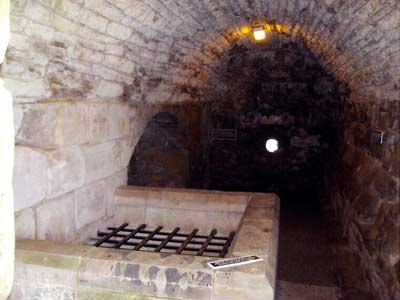 |
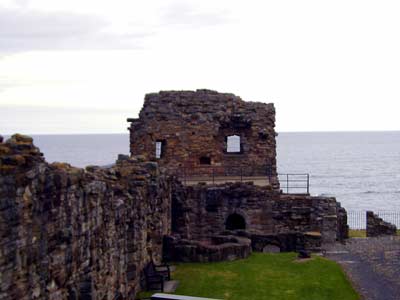 |
| The long siege of St Andrews Castle ordered by the Regent the Earl of Arran came to a stalemate. Arran then tried to break into the castle by digging a mine; the aim was to tunnel beneath the gatetower and cause the walls to collapse. Those inside responded by digging a counter-mine, hoping to intercept the Regent's and render it useless. The counter-miners were guided solely by the sound of digging, and started on three false trails before finally intercepting the mine. The successful counter-mine was started outside the main walls of the castle, a reminder that outer defences once existed. The defenders had very little time to spare, and desperation can be seen in the narrow, twisting nature of their tunnel as compared with the spacious and straight gallery of Arran's mine.
|
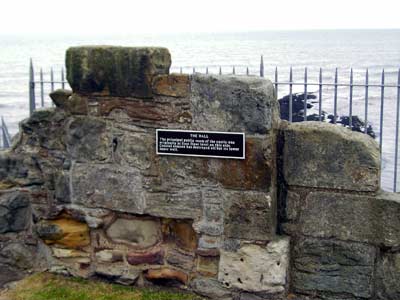 |
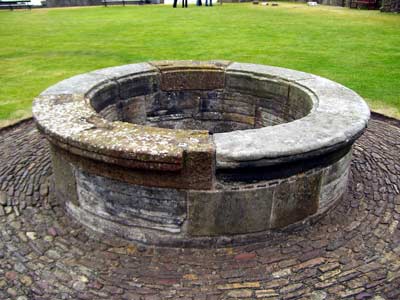 |
| The castle fell in July 1547 after a massive artillery bombardment by a French fleet under the prior of Capua, with additional firing from St Salvator's College and the cathedral priory. Among those taken prisoner was John Knox, the future Protestant leader, who had joined those in the castle in April. The mine and counter-mine were rediscovered in 1879 when the foundations of a house were being dug in the vicinity.
|
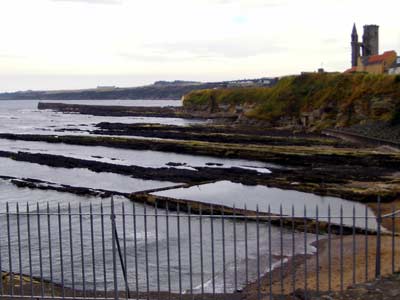 |
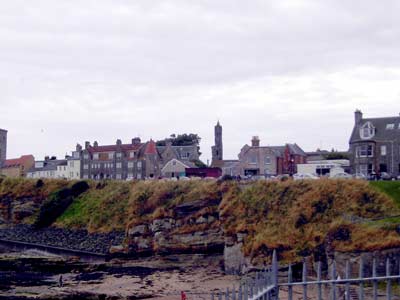 |
| After this turbulent history, St Andrews Castle passed to the illegitimate brother of the Regent Earl of Arran, Archbishop John Hamilton. He rebuilt most of the castle during his lifetime, before being hanged for his part in the murder of Mary, Queen of Scots' second husband, Lord Darnley. The castle's association with the Church was permanently severed in 1606 when it passed to the Earl of Dunbar, but it did later return to church control before finally falling into ruin after the ascendancy of William and Mary in 1689.
|






